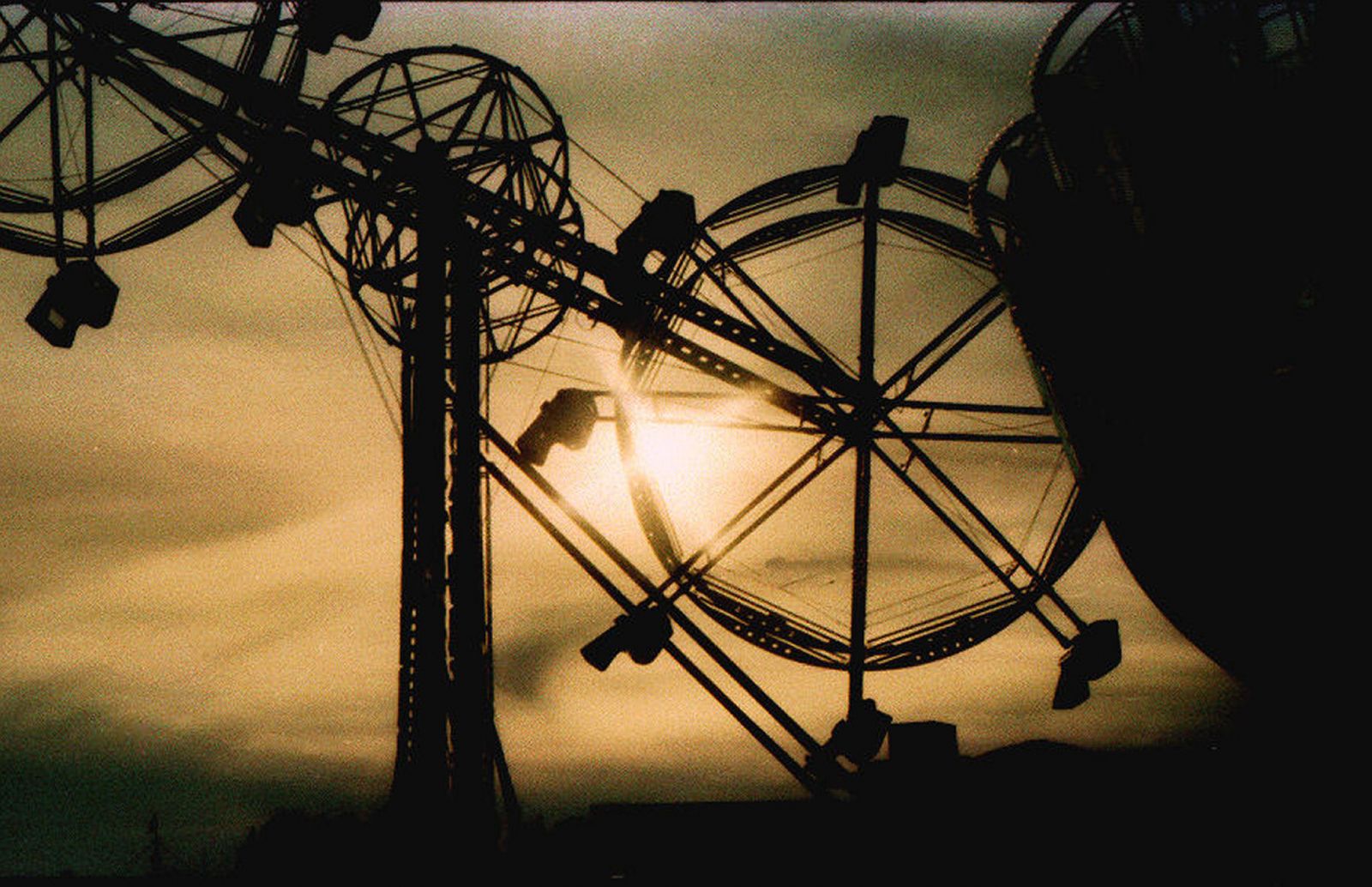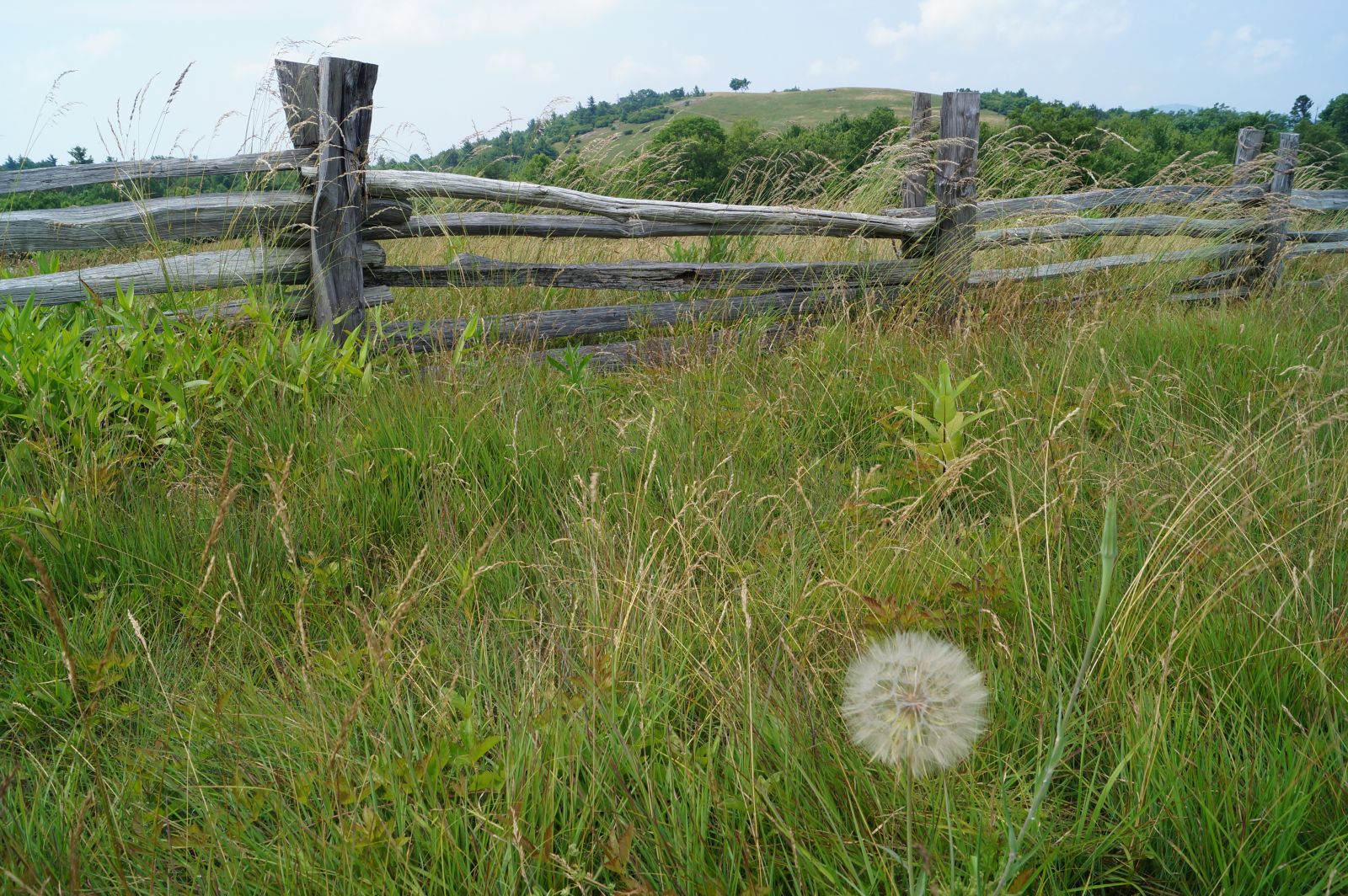The Rule of Thirds (Using Your Eyes!)
I suspect that some of you that have read my first three lessons are thinking that getting deeper into digital photography and purchasing a DSLR is just TOO much. It is too complicated and too expensive. Why bother when my cell phone or inexpensive point and shoot camera works just fine?
Well, it all depends on what you want from the experience of shooting pictures. If I can use an analogy, you can take a vacation, stay in a hotel in a great location that you drove or flew to, or you can travel there in a coach and really get to know the place while still feeling at home. Okay, maybe that isn't a great analogy…but it is true.
A DSLR and its ability to control the exposure and the array of lenses it offers opens up a whole new world for you to see and record. With the right equipment you can throw yourself into it. You can think big, wide, small.
Imagine you are walking in the woods near a campground in the mountains. You worked hard to make the time and the money to get there and now you are experiencing the first day in a long time that you don’t have to think about work, taxes, and bills. Your camera is hanging around your neck, the birds are singing, the sun is making interesting shadows on the path in front of you. Just stop and look, turn around slowly…what do you see? Look down at the path, what is growing there? Stoop down; look closer! What do you see? Imagine looking at anything you see from a different angle, from below or behind, and if you can move there, look through the viewfinder, take a breath, and press the button! What do you see? What do you think of the image you just captured? How does it make you feel? Did you see the picture before you took it? No? You will. Do you think it is a good picture? Do you want to make it better? You will.
Lesson Four,
Using Your Eyes and The Rule of Thirds
The rule of thirds is not really a rule. It is really more of a guideline. Look at any photograph. Now imagine a grid on top of it. This grid is like a tic-tac-toe board. It is composed of nine squares all the same size. When you compose a picture, you will give it greater impact if you place the subject at the intersection or lines of these squares.
For example: you are shooting a sunset. You look through your viewfinder; the sun is dead in the middle of the screen. Don’t leave it there. Move the sun to the right third or the top third of the frame before you take the shot. You might move it to the bottom third to show more sky. In other words don’t just focus and shoot, let go and move the camera before you take the picture. Think about what you are looking at. Don’t always keep the horizon or a person’s eyes dead in the middle of the picture. Notice I used the word always, I didn’t say never.
Look closely at the following pictures. Image the nine square grid on each one. What is the main point of interest of each one? What attracts your eye first? If the picture has a horizon, where is it?




Like many rules, the Rule of Thirds is made to be broken, but I suggest that it is better to really know a rule before you decide to not use it.
The rule of thirds was first written down over two hundred years ago by artist John Thomas Smith, who thought the rule should be applied to the balance of light and dark in a picture more than content. It proved to be a very hard rule to follow for painters, but photographers learned to use it to improve composition. They, we, use it to place emphasis on light, angles of perception, and strong points of interest.
This rule makes a picture easier to look at because it takes advantage of how people view images. It takes advantage of natural lines. Those lines are there. A sunset has lines; a flower garden has them, as does a person or group of people. Using this guideline helps to balance the picture, which makes the whole frame help tell your story.
Can you see in the pictures below how the RoT was used to make the photographer (me) think outside the frame and create a better picture?


The change in perspective does not have to be as dramatic to still make an impact.

Just a simple zoom out and a bit of a pan to the right, move the "subject" to the left third:

The rule of thirds doesn't have to be obeyed or used at the time you take the shot. You can also use it later by editing the picture. Notice the dramatic change in these two pictures.


The Rule of Thirds is a guideline to help you think and see sideways, to get you to see "outside the box." The ROT helps you with your composition to change your perspective, and to use the lines that naturally occur in the shot. However, we have only scratched the surface, both with this lesson and the previous three.
Next lesson ...Composition! Using, Stretching and Breaking both Depth of Field and the Rule of Thirds.
http://community.fmca.com/blog/62/entry-1396-compose-the-picture/
Gramps


0 Comments
Recommended Comments
There are no comments to display.
Please sign in to comment
You will be able to leave a comment after signing in
Sign In Now